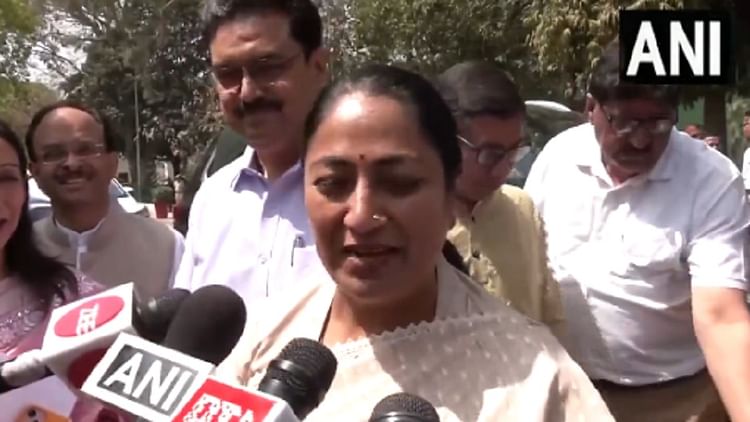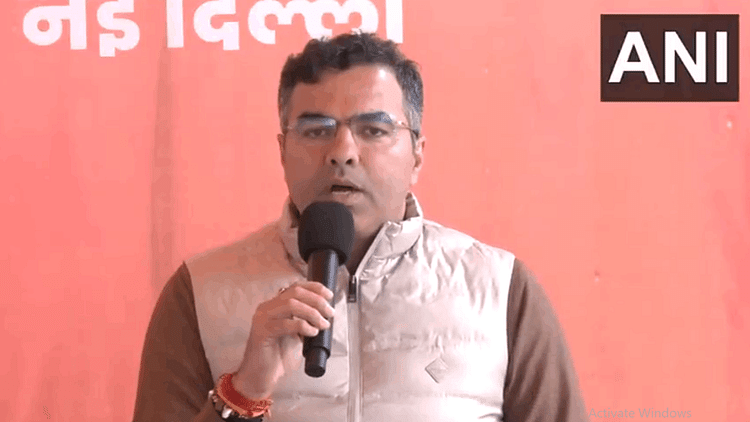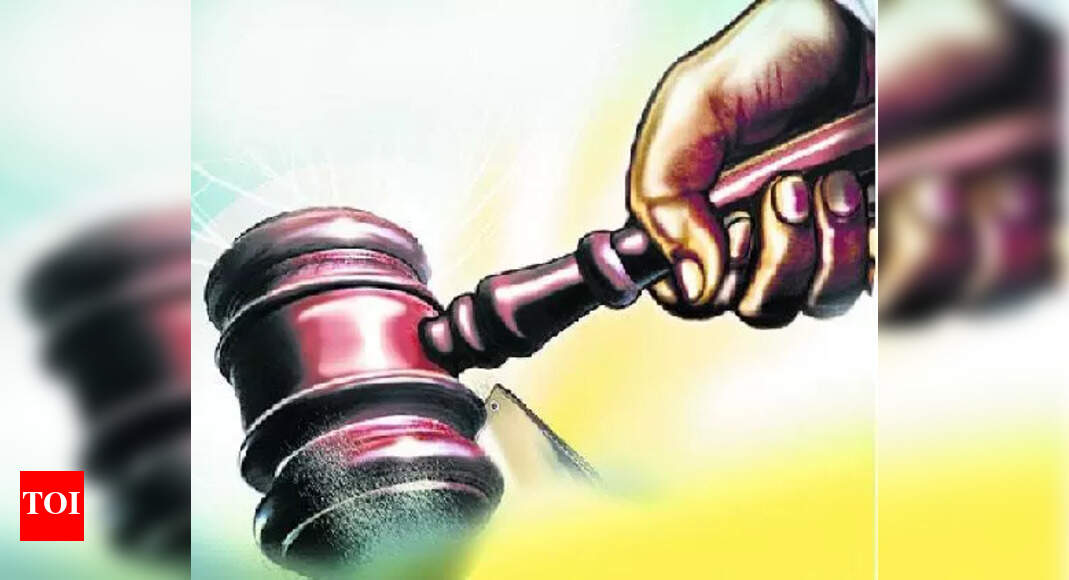The Delhi government on Tuesday tabled a Comptroller and Auditor General (CAG) report that highlighted serious shortcomings in the previous Aam Aadmi Party (AAP) government’s handling of air pollution, particularly in curbing vehicular emissions, expanding public transport and electric vehicles, and placing pollution monitors at proper locations.

Presenting the report, environment minister Manjinder Singh Sirsa accused the AAP government of spending crores on pollution control initiatives that were never implemented, abandoned midway, or were ineffective. He cited the installation of smog towers worth ₹22 crore that became defunct within a year and ₹53 crore spent on the odd-even scheme, which he called ineffective. He also pointed out that 214,000 Pollution Under Control (PUC) certificates were issued without proper checks.
The report, titled Performance Audit of Prevention and Mitigation of Vehicular Air Pollution in Delhi, is the eighth CAG report tabled in the Assembly since the Bharatiya Janata Party (BJP) came to power in the city.
“[Aam Aadmi Party chief] Arvind Kejriwal looted crores of rupees from Delhi in the name of pollution and did not leave any area untouched. There is a long list of schemes that were either started in name only or were announced and crores were spent on their publicity, but the schemes never fructified,” Sirsa said.
Speaker Vijender Gupta said all eight reports have been sent to the Public Accounts Committee for review, with a report expected within three months.
The opposition AAP MLAs walked out in protest, raising concerns over power outages before the report was tabled. AAP leader and former chief minister Atishi challenged the BJP to release all CAG reports. “We urge the BJP to table not just a single CAG report but all 10 reports in the Assembly. I find it ironic that the same BJP-led central government, which transfers auditors exposing corruption in Ayushman Bharat and Dwarka Expressway to Lakshadweep, Andaman and Nicobar, and Sikkim, has now developed newfound faith in the CAG report,” she said.
Former environment minister Gopal Rai defended the AAP government’s record, stating that pollution control measures had led to an increase in “good air” days in Delhi — from 109 in 2016 to 208 in 2024. He credited initiatives like the odd-even scheme, the “Red Light On, Gaadi Off” campaign, and the introduction of 2,000 electric buses. He questioned why BJP-ruled states like Haryana and Uttar Pradesh had not adopted similar measures if the Centre was responsible for electric bus deployment.
What the report found
The CAG report, which covered the period between 2018-19 to 2020-21, painted a bleak picture of Delhi’s public transport system.
It found that Delhi had only 6,750 operational buses — far below the required 11,000 — and that no new buses were added between 2011 and 2021. Meanwhile, the number of registered vehicles nearly doubled, from 6.9 million in 2011 to 13 million in 2021, worsening congestion and air pollution. The report also flagged that 36% of the city’s 657 bus routes were not covered due to the shortage of buses.
On pollution testing, the CAG found widespread manipulation of PUC certification, with centres issuing multiple certificates simultaneously and, in some cases, within a minute — an impossible feat.
“There were also cases where emission values were not recorded in the database. In the absence of linkage between emission data and VAHAN database … PCCs were still permitted to manually select the BS emission standard category for vehicles, leaving scope for manipulation to increase the permissible range or validity of PUCC,” the report said.
Nearly 24% of 2.2 million diesel vehicles tested between 2015 and 2020 had missing emissions data, the report added. The city’s vehicle fitness testing system was also deemed unreliable, with the Burari inspection unit conducting only visual checks.
In 4,007 cases, even though test values were flouting norms, diesel vehicles were issued PUCCs. In 7,643 cases, more than one vehicle was tested at the same time at the same centre. In 76,865 cases, the vehicle was checked within one minute and PUC certificate was issued, which may not be practically possible.
The city’s vehicle fitness testing system was also deemed unreliable, with the Burari inspection unit conducting only visual checks in 91-95% of cases.
It added that despite of heavy shortfall in number of vehicles turning up for fitness tests, transport department did not devise a system to remind vehicle owners for renewal of vehicle fitness certificate.
It also found that the Delhi Management and Parking Places Rules 2019 were not implemented, adding to traffic congestion in Delhi.The parking policy was framed to control unauthorised parking, develop more parking facilities and review charges among other things.
The report also mentioned that though there was an estimated increase of 17% in the population of Delhi since the year 2011, the number of registered Gramin Sewa vehicles remained the same at 6,153 since May 2011.
“Acute shortage of buses and absence of last mile connectivity options has led to a situation where public is forced to use personal vehicles including two wheelers resulting into doubling of number of vehicles during the last decade. This had adverse impact on air quality in Delhi,” the CAG report found.
The audit found that the odd-even scheme, while designed to have minimal exemptions, excluded two-wheelers each time it was implemented—effectively exempting 66% of Delhi’s vehicles. The government never consulted experts to assess the impact of these exemptions.
“The audit found that neither the transport department or the Delhi government obtained expert opinion to assess the impact of providing exemptions to the two-wheelers,” the report stated, adding that this meant 7.6 million or nearly 66% of Delhi’s vehicular fleet was exempted.
The audit further found that 13 of Delhi’s 24 air quality monitoring stations did not meet Central Pollution Control Board (CPCB) standards, undermining efforts to track pollution accurately.










